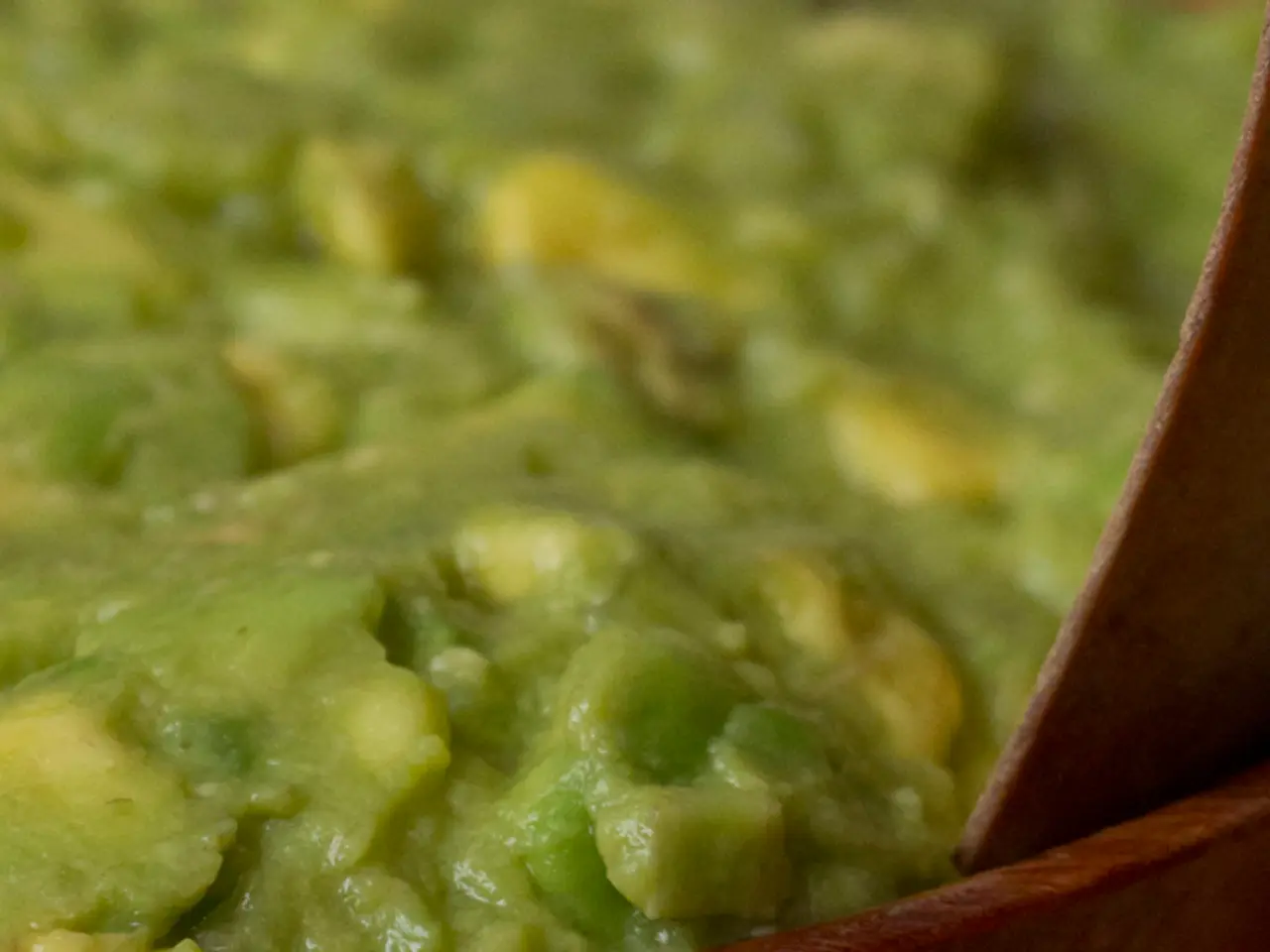Examination of Calcium Propionate's Safety and Applications
Propionate, a common food preservative, is widely used in the food industry, particularly as calcium propionate. This organic compound, formed from propionic acid and calcium hydroxide, is primarily used to prevent the growth of mould and bacteria, extending the shelf life of various foods such as breads, processed meats, and dairy products [1].
The safety of propionate as a food ingredient has been evaluated by major regulatory bodies, including the FDA, WHO, and FAO. These agencies have approved its use in food, confirming that no known harm is associated with typical food additive levels [1].
Beyond its role as a food preservative, propionate exhibits more complex biological effects when produced or present in the gut. As a short-chain fatty acid (SCFA), it plays a crucial role in lipid metabolism and appetite regulation. This is achieved through the activation of G-protein-coupled receptors such as GPR41 and GPR43 [2].
These receptors modulate metabolic processes that may impact glucose homeostasis and energy balance, potentially beneficial in conditions like obesity and type 2 diabetes [2][4]. Studies show that propionate can activate intestinal gluconeogenesis gene expression via gut–brain neural circuits, helping maintain glucose and energy homeostasis [4].
Moreover, propionate participates in gut microbiota communication and can influence systemic metabolism, possibly contributing to hypoglycemic and hypolipidemic effects when produced endogenously through fiber fermentation [4].
However, it is essential to note that the propionate added as a preservative is used at concentrations regulated as safe and typically does not show harmful effects at these levels.
In summary, propionate serves a dual role: as a food preservative ensuring safety and shelf life, and as a microbial metabolite impacting human metabolic regulation from the gut fermentation perspective. While beneficial metabolic influences are primarily linked to propionate produced naturally by gut bacteria fermenting dietary fibers, the use of propionate as a food preservative remains safe and approved by regulatory bodies.
[1] American Council on Science and Health [2] Nature Reviews Endocrinology [4] Cell Metabolism
- The biological effects of propionate extend beyond food preservation, as it plays a significant role in health and wellness, particularly in the field of medicine, by impacting glucose homeostasis and energy balance, which could be beneficial for conditions such as obesity and type 2 diabetes.
- In the realm of nutrition, propionate, a short-chain fatty acid, is vital in the body's lipid metabolism and appetite regulation, accomplished through the activation of receptors like GPR41 and GPR43.
- In the context of lifestyle and food-and-drink consumption, it's crucial to understand that the propionate used as a food preservative, despite its role in microbial metabolism, exhibits no known harm when used at approved levels by regulatory bodies like the FDA, WHO, and FAO.




